
Lessons on Life from an Adventurer Who Nearly Lost Hers Twice
Reassess. Reimagine. Be resilient. Restart. Sound like a mantra for all of us trying to rise from the rubble of 2020? For Italian ski mountaineer, high-altitude climber and Garmin-sponsored athlete Tamara Lunger, these words held new meaning as she battled body and mind while the world was reeling with a global pandemic. Tamara has some takeaways for anyone who has struggled with a mental or physical deadlock.
Tamara got a taste of the sporting life early, thanks to her dad who competed in mountain biking and later ski mountaineering. Young Tamara, along with her mom and two sisters, followed her dad everywhere on the racing circuit. “We were his biggest fan club,” Tamara said. “Sleeping in the van, making breakfast, being around all the sporting people. I just loved it.”
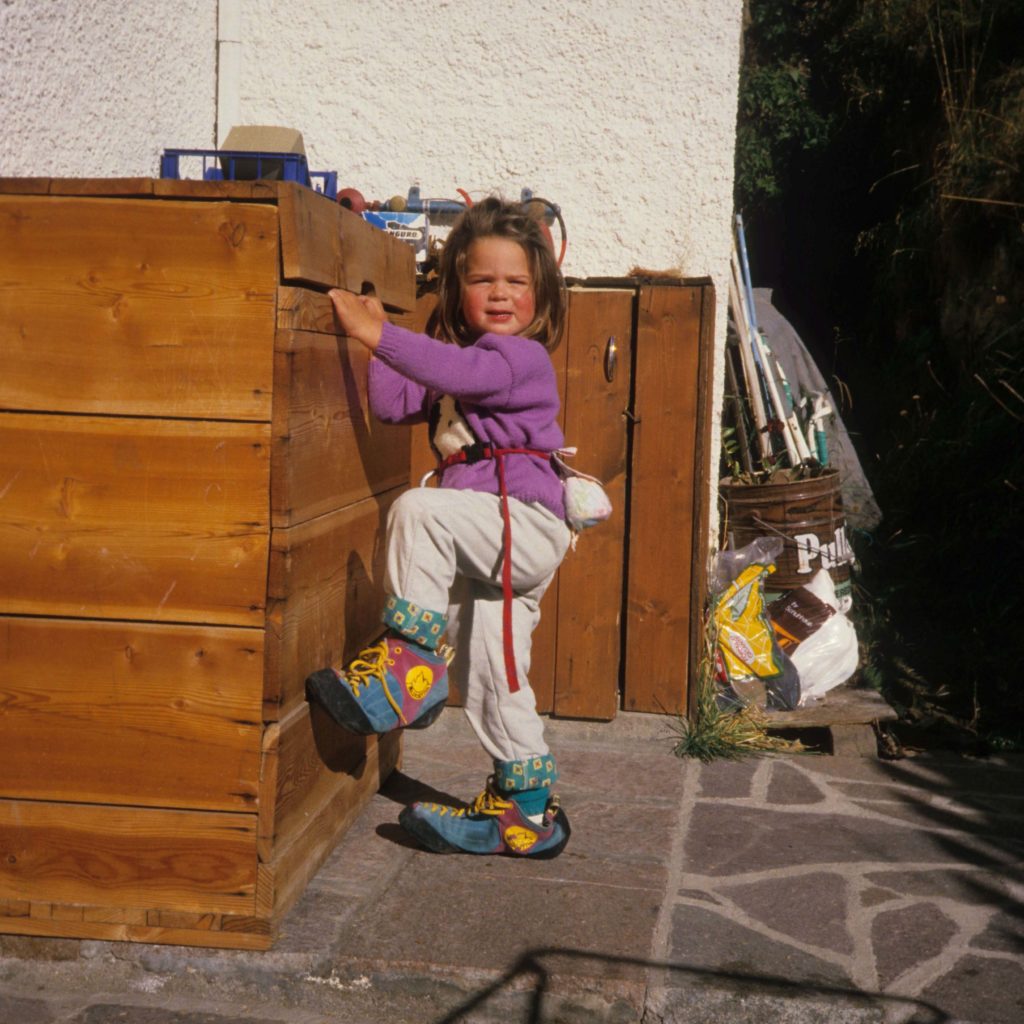
Like many of our first loves, Tamara could think of little else. She was restless. A nature lover and a dreamer. Adventure was in her blood. At a young age, she visualized herself becoming a professional sportswoman. The sport she would pursue just wasn’t clear yet. Until her dad made a pivot and started competing in the sport of ski mountaineering. At age 14, Tamara tagged along to ski a slope near their home in South Tyrol, a province in northeast Italy. Her favorite part was the ascent — and no, it was not via a ski lift. “It was only a 600-meter climb, but I really liked it because it was so hard, and I needed to do a lot of effort,” Tamara said.
If the going was tough, Tamara couldn’t get enough. Success came quickly and she was winning ski races right out of the gate. Another thing that came early to Tamara: setting a daunting goal. She read a newspaper story about a woman from Italy who’d climbed Everest without oxygen. “I read this and said ‘I’m going to do this one day in my life. I’m sure this is the hardest thing you can do on the mountain, so I will do it,’” she said.
Fast forward to May 2010. Tamara, age 23, became the youngest female climber to reach the summit of Lhotse, also known as South Peak, in the Himalayan range. Four years later, she summited K2, the second highest mountain in the world, without supplemental oxygen.
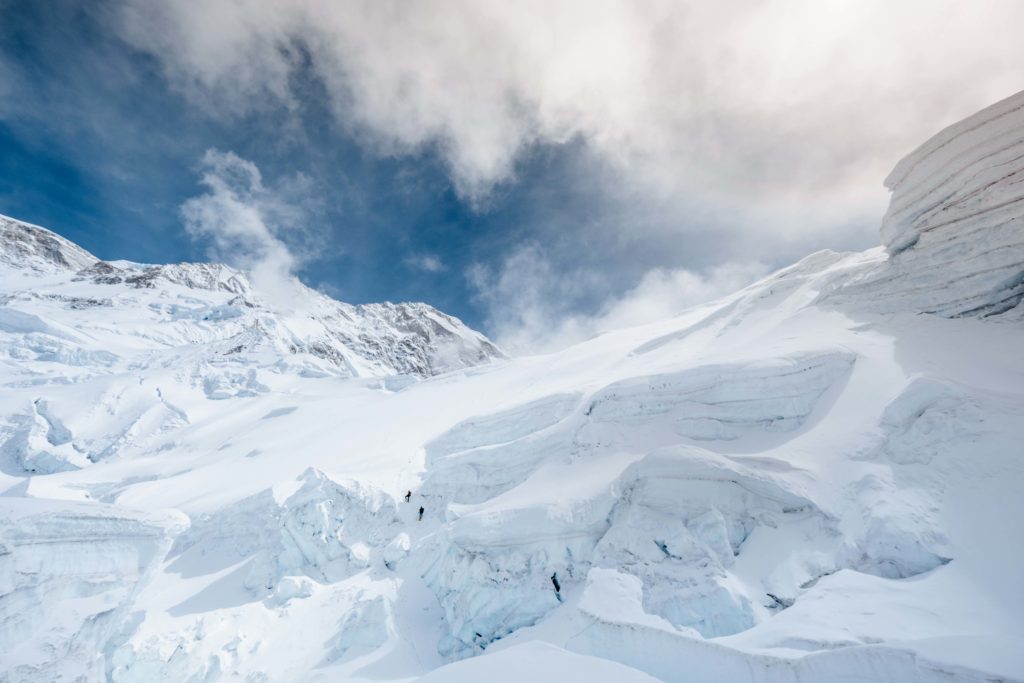
“In the Himalayas, I was just sitting there, and you can’t imagine it. The wind was blowing my hair and the grass was dancing in the wind and it was exactly as I’d been dreaming all these years,” Tamara recalled with a smile.
To realize her dream at such a young age is incredible, but it also came at a cost. Tamara’s thirst for adventure never waned. But her body started to send up warning flares. Eighteen years of pain, originating at age 13 when she went through a growth spurt, didn’t like being ignored. But Tamara kept pushing.
Forced to take some time off in the winter of 2018 through much of 2019, Tamara grew more and more anxious for the next big thing. Then in December 2019, after months of planning, Tamara and alpinist Simone Moro set off for the first winter ascent of Gasherbrum I and II in Pakistan. Tamara recalls that visibility was poor when they arrived, and she couldn’t see the mountain at all.
“The next day, I woke up, went outside of the tent and looked up,” Tamara said. “I saw the mountain, but there was no connection. There was nothing. I wondered ‘what does this mean?’ I was a little afraid, but I thought I will give myself time. Maybe the energy will come.” For the next 18 days, Tamara and Simone worked hard. Really hard. Some days only covering 150 meters with very little vertical progress.
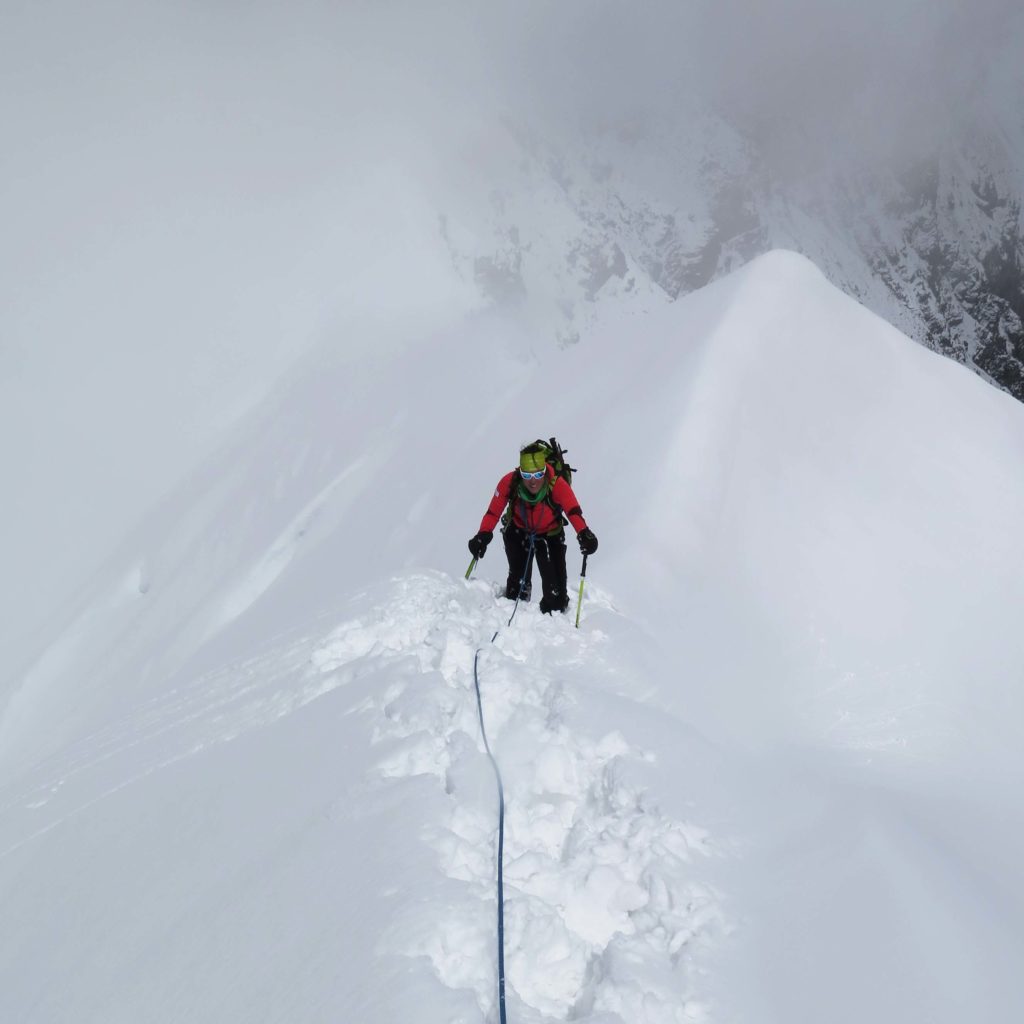
“We had to go back and forth, and it just wasn’t possible to cross,” Tamara said. “There was a big serac in a glacier. With every step, we needed to check if there was a crevasse. And still we fell a lot of times in small crevasses.”
She likened it to a game of roulette. Only the game wheel was covered in ice. And there was a hefty price for any misstep. Still, the mountaineering duo enjoyed every step and the effort. Tamara lit up when she described the technical sections and the skill required. She said she and Simone were like children eager to play and explore. They took turns being in the lead. In one of those technical, treacherous sections, Tamara had to put down her ski poles and prepared to belay Simone. In the split second before she could clip the rope into the carabiner on her harness, Simone took his first step and fell into a crevasse. The rope, still in Tamara’s hand, caught her thumb and jerked her forward.
“I was like superwoman,” Tamara said. “I flew through the air and then went down on the snow and slid until the very edge of the crevasse.” Her partner was suspended 20 meters below with his full weight, 90 kilos of man and gear, supported by Tamara and her entangled thumb. The next excruciating minutes involved Tamara using her teeth and free hand to try to secure the rope to her ice ax, all the while screaming in pain. Finally, Simone managed to put in an ice screw, attached his harness with a sling and cut the rope, freeing Tamara’s thumb. Now with one working hand, Tamara completed the rescue, securing a second anchor and ice screw and slowly bringing Simone up.
Back at camp, the battered alpinists rested and tended wounds. Simone said it was time to go home. Expedition ended. “I said ‘really … you think we need to go home?’” Tamara recalls. “He said I was crazy because I had no feeling in my hand and could easily get frostbite.”
So home they went. It took 6 weeks for Tamara to regain feeling in her hand. It took longer for her to heal her mind. “I was so sad. I was destroyed,” Tamara said. “I thought a lot because in my past, out of three winter expeditions, I nearly lost my life on two of those.”
She asked herself what was the message in this? Was she following her true path or was it time for a change? She prayed. She questioned. She resolved to give herself a little time. Time off her feet. Time off the mountain. Then a global pandemic gave her no choice. Her home country of Italy was hit hard by the coronavirus and the lockdown restrictions came early. It couldn’t have been better timing for a battle-worn adventurer who needed time to heal body and mind.
“My body suffered a lot the last few years,” Tamara admits. “And maybe a lot of the pain came from my head.” During lockdown, Tamara turned to practices like meditation, writing, working with a life coach and even a course in self-healing.
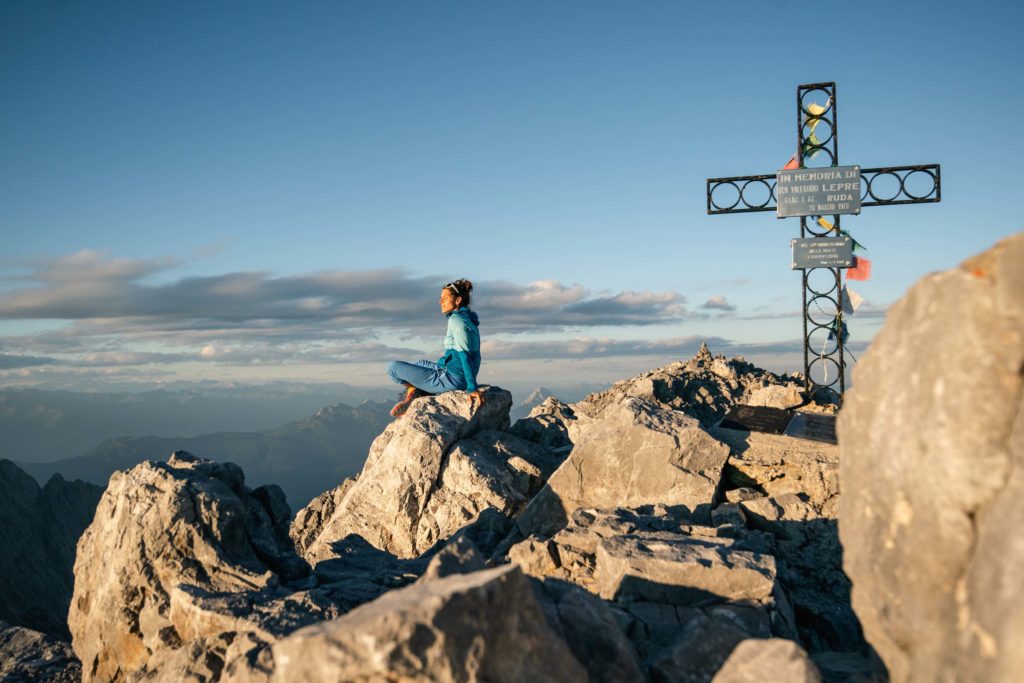
“I really tried to love my body,” Tamara said. “Because before, my body was my enemy. I hated my body because I said, ‘you are too weak for my motivation, my ambition.’ So it was a big war inside of me.”
The new practices took effort. The kind of effort Tamara wasn’t used to. But after much work and reflection, she realized if she could change her body, why couldn’t she change her mind?
“I finally saw that I’d put much more energy into the fear of failure than into following my passion and the love of mountaineering,” Tamara said. “It was a really hard time. I cried a lot. I felt alone and sad, but I knew I needed to go through this to become somebody else.” Who has Tamara Lunger become in this process? A woman who views herself as strong, with a peaceful energy. One who will approach the next expedition with equal parts passion and gratitude.
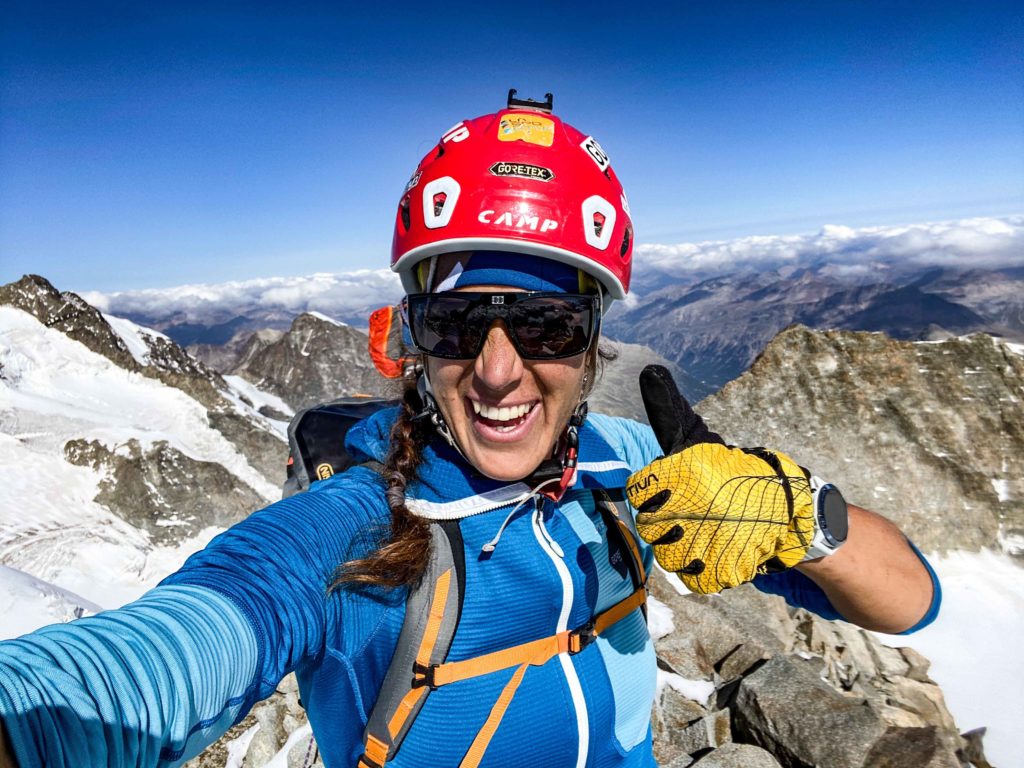
Follow Tamara on Instagram and keep up with her adventures here.




